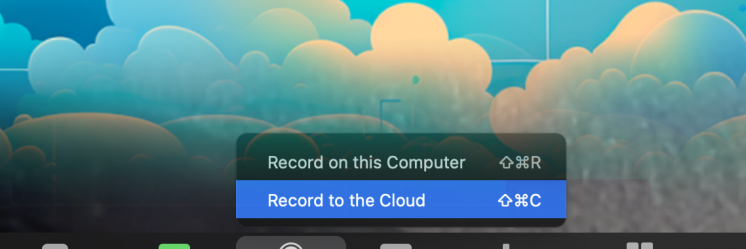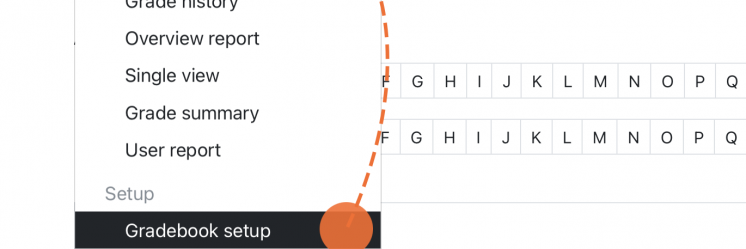Feedback culture tip 1: Boost interaction with mid-course feedback!

Have you considered the powerful impact mid-course feedback can have on fostering engagement and interaction during a course? The idea may seem strange at first because the conventional notion revolves around feedback collected at the end of the course. However, at Aalto University, course development is seen as a continual process, occurring before, during, and after a course. Mid-course feedback, therefore, emerges as a crucial and integral component of this continuous developmental cycle.
A testament to this is shared by a teacher at Aalto University: “Collecting feedback in weekly basis has changed the game completely. I can develop my course materials during the course. And students really start giving constructive feedback while they see it has some effect on what they get themselves.”
There are many ways to integrate mid-course feedback collection into teaching, such as assignments and discussions. However, our newly introduced course feedback tool in MyCourses is especially useful for the purpose because it allows anonymous feedback collection and therefore supports an inclusive learning culture. Anonymous feedback channel allows students to voice concerns, seek clarifications, and address workload distribution more freely because giving feedback face-to-face does not come naturally for everyone.
Aalto University teachers employ diverse strategies for mid-course feedback. Some monitor weekly student workloads through repeated multiple-choice questions, ensuring a balanced learning experience. Others employ surveys to embrace models like “Liked, Learned, Longed For” showcasing successes, areas for improvement, and key takeaways from sessions. Anticipatory surveys gauging expectations for upcoming lectures aid in tailoring content and eliciting intriguing perspectives. Additionally, fostering motivation and resilience necessitates asking positive questions: students’ favorite aspects of the course, personal successes, and commendable teaching methods.
Finally, when you make alterations based on the feedback, let the students know about it. It is also good to remember, that feedback does not always automatically lead to big changes in the short term, because sustainable teaching and course development require a long-term view, often necessitating collaboration with colleagues or pedagogical experts. However, gratitude for inputs, even if no alterations are made, demonstrates respect for students’ efforts.
Get started easily:
1. Define the topics you want to collect feedback on during the course. At Aalto University, we only collect feedback that we can and plan to use. Quality is more important than quantity.
2. Formulate the questions and create the surveys via course feedback tool in MyCourses. In the new course feedback tool, it is possible to make and schedule feedback surveys during the course. Tell the students you are collecting feedback and why it is important.
3. Explore the feedback you receive and think about what kind of impact it has. Tell the students about the impact of the feedback. Note, if you receive less than five responses you do not get the report.
Also, stay tuned for the Tip of the week on 20th November about end-of-course feedback!
This blog post is part of Teacher Services’ ongoing series Feedback culture tips. At Aalto University, course feedback holds a distinctive place within our feedback portfolio, reaching students at every stage of their studies. We firmly believe in the importance of amplifying students’ voices, considering it a fundamental aspect of teaching and education development. Consequently, course feedback is seamlessly integrated into our educational landscape, constituting a consistent element from the course’s inception, throughout its duration, and up to its conclusion. Read more: Course feedback in Aalto University | Aalto University.


Responses